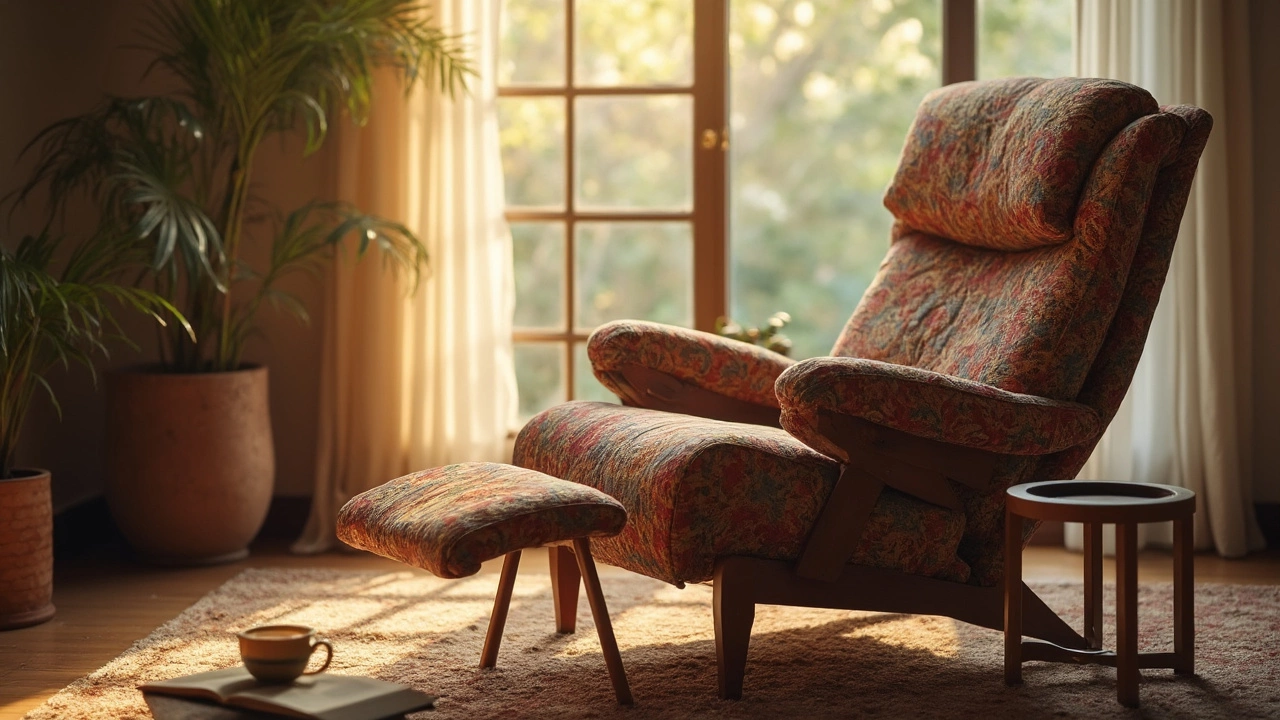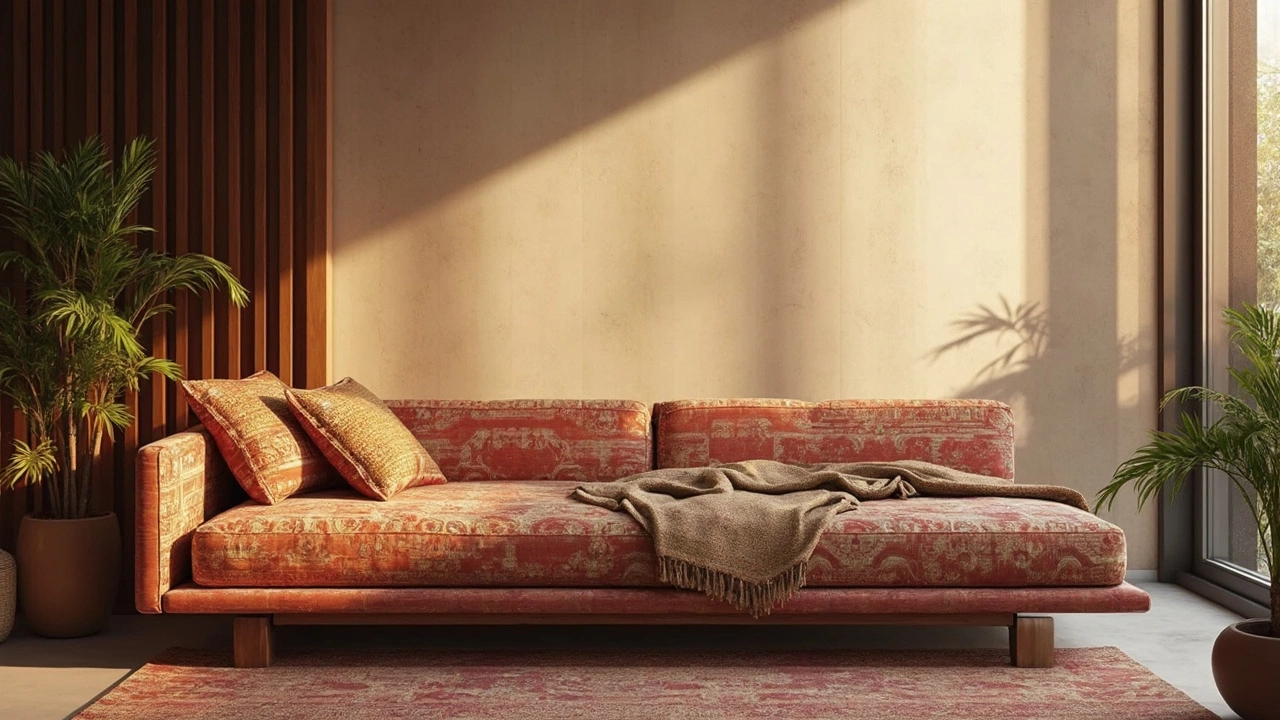Sleep Furniture Guide: Sofa Beds, Daybeds & More
Trying to squeeze a sleeping spot into a tight living room? You’re not alone. Many of us need a couch that doubles as a bed, but the market is full of confusing names and features. This guide cuts the noise and helps you pick a sofa bed, daybed, or any other sleep-friendly piece that fits your style and budget.
First off, know what you’re looking at. A sofa bed usually folds out into a full-size mattress, while a daybed couch stays low to the floor and often has a trundle underneath. The big difference is how the mattress is stored and how quickly you can convert it. If you need a quick guest bed, a sofa bed wins. If you prefer a relaxed lounge that can turn into a sleeping nook, a daybed is your buddy.
Choosing the Right Sleep Sofa
Measure your room before you buy. Pull out a tape, note the length of the sofa, and add a few inches for the mattress when it’s unfolded. Don’t forget doorways and stairwells—most people underestimate the space needed to get the piece inside.
Comfort matters, too. Look for a sturdy frame—kiln‑dried hardwood or metal gives the best support. The mattress should be at least three inches thick and made of foam or pocket‑spring for real sleep quality. If you’re a side sleeper, a softer top layer helps. Test the couch in the store; sit, lie down, and see if it feels solid without sagging.
Style is the cherry on top. Neutral colors like gray, beige, or navy blend with most decor, while bold shades add a pop. Many brands offer removable covers, so you can swap fabrics later without buying a new couch.
Tips for Comfort and Care
Once you’ve got your sleep sofa home, treat it right. Rotate the mattress every three months to avoid uneven wear. Use a mattress protector—especially if pets sleep on it—to keep stains at bay.
Keep the frame clean and tight. Dust the wood or metal regularly, and tighten any bolts that come loose after moving the couch. If you have a daybed with a trundle, pull it out occasionally to make sure the wheels roll smoothly.
When it’s time to store your sofa bed for a season, deflate any air‑filled components and store the mattress flat in a dry place. Avoid stacking heavy items on top of the couch; that can crush the springs.
Finally, think about the room layout. A rug under a daybed defines the space and adds a cozy feel. Pair your sleep sofa with a compact coffee table—like a nesting set—to keep pathways clear and make the room look bigger.
Whether you choose a sofa bed for quick guest accommodations or a daybed for everyday lounging, the right piece can turn a cramped area into a multi‑use haven. Keep these tips in mind, and you’ll enjoy both style and a good night’s sleep without the hassle.
Can Sleeping in a Recliner Cause Back Problems?
Exploring whether spending nights in a recliner is a recipe for a sore back or a ticket to comfy resting, this article delves into how reclining impacts back health. It addresses common misunderstandings about the ergonomics of recliners, offering practical tips to spot a truly supportive chair. Emphasizing both comfort and health, the article is a handy guide for anyone thinking about taking their naps to a recliner.
Are Sofa Beds Actually Good for Your Health?
Sofa beds have come a long way from their bulky and uncomfortable predecessors. Modern designs blend functionality and aesthetics, but are they good for your health? We'll explore if they support quality sleep and ergonomics. Understanding the type of mattress and frame can make these versatile pieces a good option.






